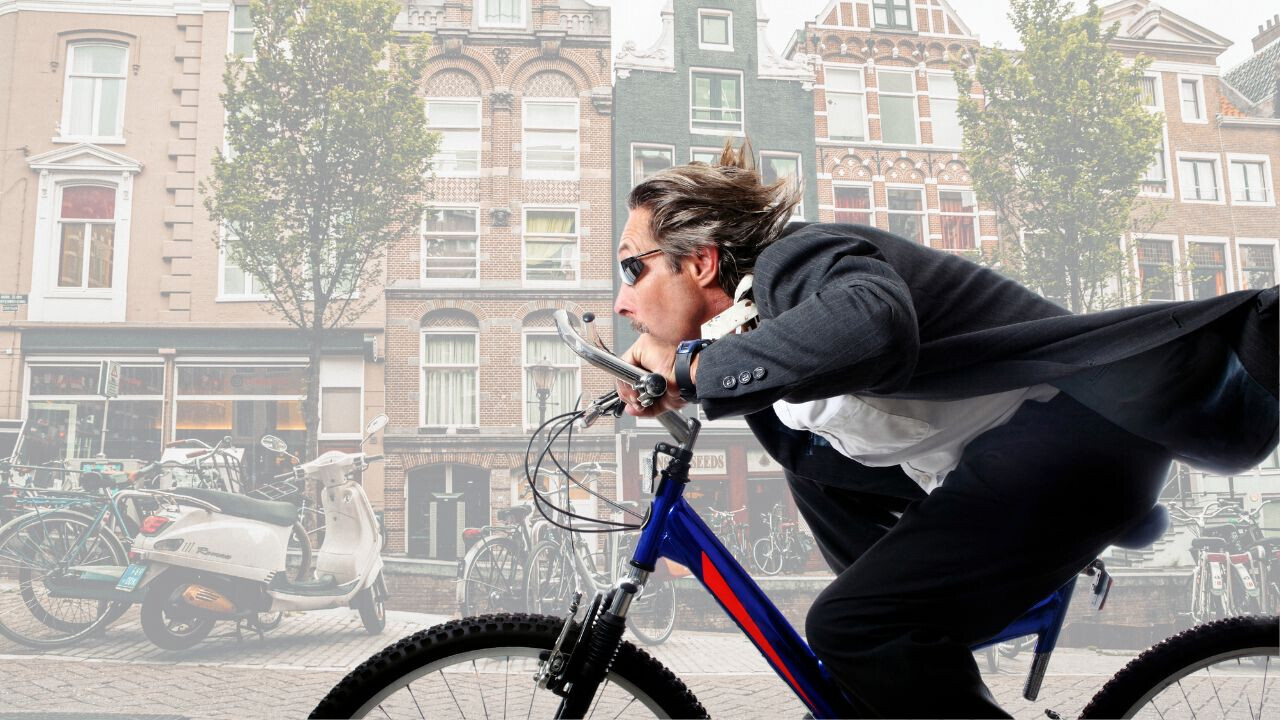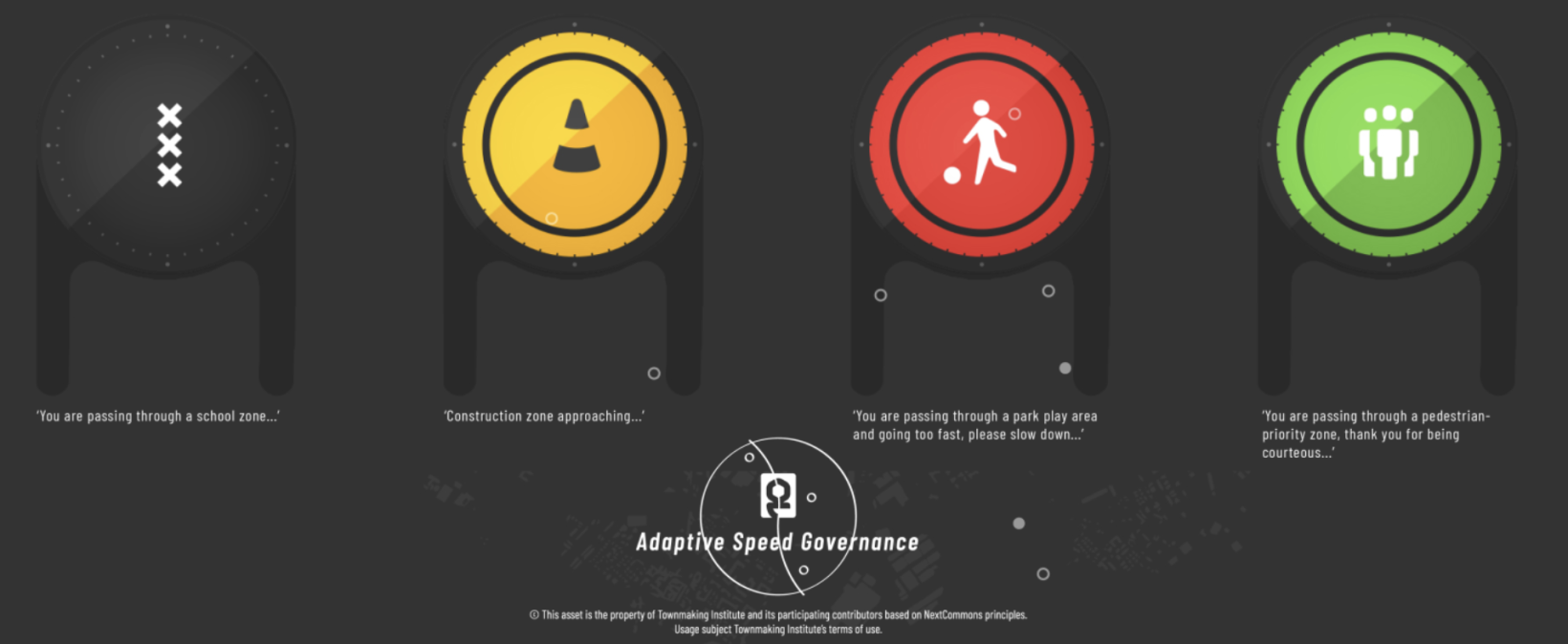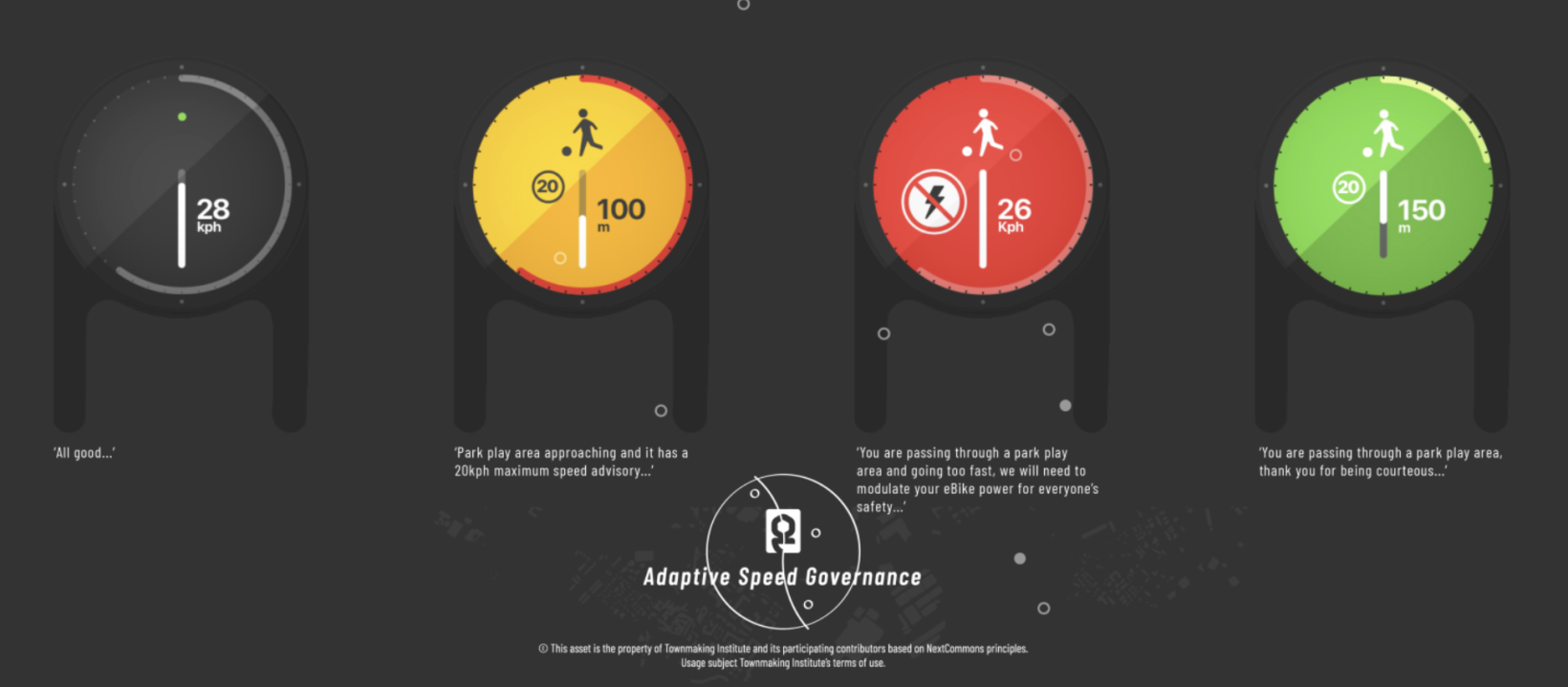
A few weeks back, Amsterdam announced it was trialling new technology that can automatically reduce ebike speed when riders enter certain parts of the city.
Predictably, the initiative sparked debate. On Reddit, some expressed concerns about data privacy and state nannying, while others felt that stricter measures were needed to protect other road users from ebikes, especially those with aftermarket mods that make them go faster. Some felt the technology — dubbed Adaptive Speed Governance (ASG) — would be impossible to roll out in practice.
Regardless, we deemed the issue worthy of deeper investigation. That’s why we sat down with Paul Timmer who designed the system.
“Slowing ebikes down is only a last resort,” says Timmer, who works for the Townmaking Institute, a non-profit focused on developing mobility solutions. “But of course, that’s the bit that got all the press attention.”
How does ebike speed limiting work?
The Institute has built a platform that integrates various layers of spatial information. This includes fixed locations like schools or busy intersections or temporary zones that could pose a hazard, like a street festival for instance. The platform is also fed real-time data on traffic and the like, collected by sensors.
A module installed on the handlebar of an ebike connects to this platform via 5G. Unlike GPS, this cellular network more accurately measures the location and speed of the bicycle. When the module detects that you are approaching a busy zone, alerts will pop up onscreen.
The alerts come in two forms: nudges and nannies. Nudges are notifications that warn you of potential dangers ahead. “Nanny” mode only comes into play if the rider doesn’t slow down. Then the module sends a signal to limit the motor, or cut it entirely. This makes it more difficult for the rider to maintain the same speed.


Timmer says that the idea isn’t to police cyclists, but to make them more aware of possible hazards.
“Our research has shown that the warning on its own is a really effective deterrent to speeding,” says Timmer. “Most people want to avoid dangerous situations where they could injure others or themselves or both.”
A new menace
In the Netherlands, ebikes are limited to 25km/h. However, many riders tamper with their bikes’ hardware to remove this restriction. Others buy aftermarket throttle systems for an extra boost. This is, of course, illegal.
Nevertheless, Amsterdam’s traffic chief, Melanie van der Horst, claims that half of all ebikes in the city ride over the 25km/h limit due to these mods.
“Nowadays, electric bicycles are much more than a bicycle that rides a little faster,” she told NRC earlier this month. “They are sometimes heavy beasts that cause serious injuries in the event of an accident.”
“Children no longer dare to cycle; the elderly get off when a souped-up fat bike comes along,” she added, with perhaps a touch of hyperbole.
As the name suggests, fat bikes are big, heavy ebikes with thick tyres. Popular with teenagers and young adults, many of them are driven illegally. The Dutch police have confiscated fat bikes that can go upwards of 80 km/h.
“Fat bikes are becoming a real problem in Amsterdam,” says Timmer. “Even though the bikes are often as big and ride as fast as a moped, riders are exempt from the same traffic rules and age restrictions.”
Controversy over ever-faster, bigger ebikes has reached a boiling point in the Dutch capital, with many calling for tighter regulations and law enforcement. Politicians are under mounting pressure to find a solution.
While remotely slowing ebikes might seem like a step too far, especially in a nation that prides itself on cycling freedom, the other alternatives could be harsher.
“If this doesn’t work then license plates would probably be the next step,” says Timmer. “Ebikers will have to wear helmets, be over 16 years old, and can be caught by speed cameras.”
Carrot or the stick?
Technology that restricts speeds in certain locations already exists in city ebike and e-scooter rental schemes. It’s called geo-fencing and it enables a connected vehicle to adjust its movements to the ever-changing city environment.
Moving into the world of privately owned vehicles, however, may prove trickier. Unless the government makes the technology mandatory, it will be up to individuals to make the effort. And I can’t imagine the worst culprits — unruly fat biking teenagers — taking the initiative.
Perhaps the best bet then would be to integrate ASG technology into existing ebikes, something that the Townmaking Institute is currently discussing with manufacturers.
In all likelihood, curbing ebike speeding will take a bit of carrot and a lot of stick. Beefing up regulations and enforcing them will likely be the next course of action for cities like Amsterdam, which just last week announced a new bill to ban performance modification kits for ebikes.
In December, Amsterdam also cut the speed limit for cars on 80% of the city’s roads from 50km/h to 30km/h, as it looks to curb accidents and pollution across all modes of transport.
The Townmaking Institute will trial its tech in several other European cities this year, including Munich, Athens, and Milan.
“We’re excited to see how other cities will use the system, how it will work in the unique environment of each place,” says Timmer. The Institute also plans to move into e-scooters and public transportation.
Get the TNW newsletter
Get the most important tech news in your inbox each week.




